Interior design is a creative expression of one's personal style and taste, and there are endless possibilities to explore when it comes to designing a space that truly reflects your unique personality. One way to add depth and visual interest to your interior is by mixing patterns and textures. This artful technique allows you to create a space that is visually captivating, inviting, and full of character. In this blog, we will delve into the art of mixing patterns and textures and discover how it can transform your living spaces.
Patterns have the power to evoke different emotions and set the tone of a room. From classic stripes and geometric shapes to intricate florals and abstract designs, patterns add visual energy and bring a sense of dynamism to a space. However, using patterns alone can sometimes create a chaotic or overwhelming environment. This is where the art of mixing patterns comes into play. By combining different patterns, you can create a harmonious and balanced look.


To successfully mix patterns, start by choosing a dominant pattern that will serve as the focal point of the room. This could be a large-scale patterned wallpaper, a bold area rug, or even a statement piece of furniture. Once you have your dominant pattern, select two or three additional patterns that complement it. These secondary patterns should vary in scale, style, and color but should still harmonize with the dominant pattern. For example, if your dominant pattern is a floral print, you could pair it with a smaller-scale geometric pattern and a textured solid color.
Textures, on the other hand, add tactile interest and depth to a space. They create a sensory experience and can make a room feel cozy, luxurious, or relaxed. By incorporating various textures, you can create a visually rich and layered environment. Consider mixing textures such as smooth velvet, rough jute, soft fur, shiny metallics, and natural wood grains. Textures can be introduced through upholstery fabrics, throw pillows, rugs, curtains, wall coverings, and accessories.
When combining patterns and textures, it's essential to consider the overall color palette of the room. Choose a cohesive color scheme that ties all the elements together. You can opt for a monochromatic scheme using different shades and tones of the same color family for a sophisticated look. Alternatively, you can create contrast and drama by pairing complementary colors or experimenting with bold and vibrant hues.
While mixing patterns and textures, it's crucial to maintain a sense of balance and harmony. Too many patterns or conflicting textures can create visual chaos and make a room feel busy and overwhelming. To avoid this, ensure that there is a visual hierarchy in your design. This means selecting one or two dominant patterns and textures and using others as accents or supporting elements. By doing so, you create a visual flow and prevent the space from feeling cluttered.
Lastly, don't be afraid to experiment and trust your instincts. Interior design is a personal journey, and it should reflect your individuality. Mixing patterns and textures allows you to be bold, creative, and express your unique style. Start with smaller elements such as pillows or accessories, and gradually incorporate larger pieces as you gain confidence.
The art of mixing patterns and textures is a powerful tool in interior design. It enables you to create visual interest, add depth and character, and transform a space into a reflection of your personality. By carefully selecting and combining patterns, textures, and colors, you can achieve a harmonious and visually captivating interior that will leave a lasting impression on anyone who enters your home. So go ahead, embrace your creativity, and let your imagination run wild in the world of patterns and textures.
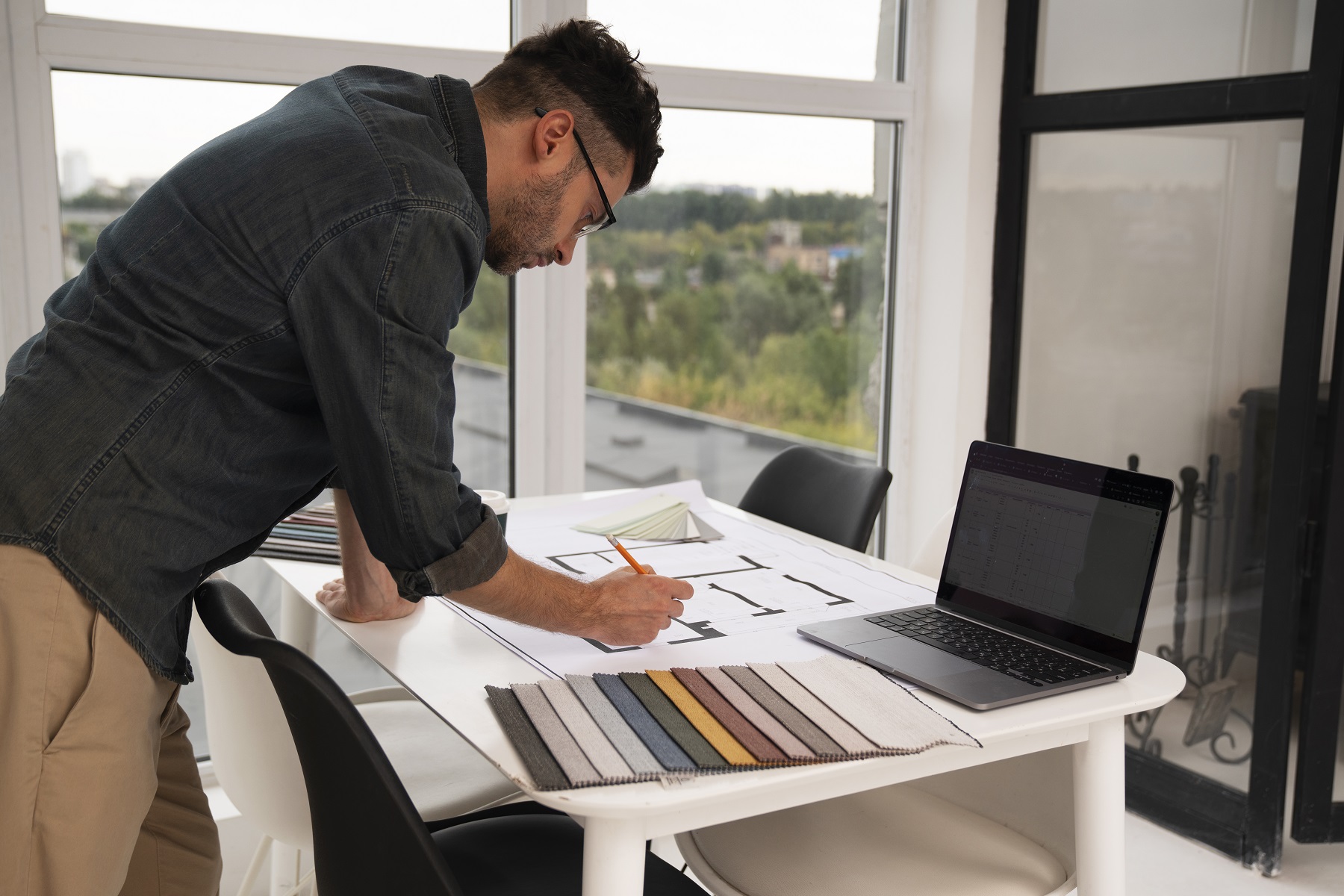
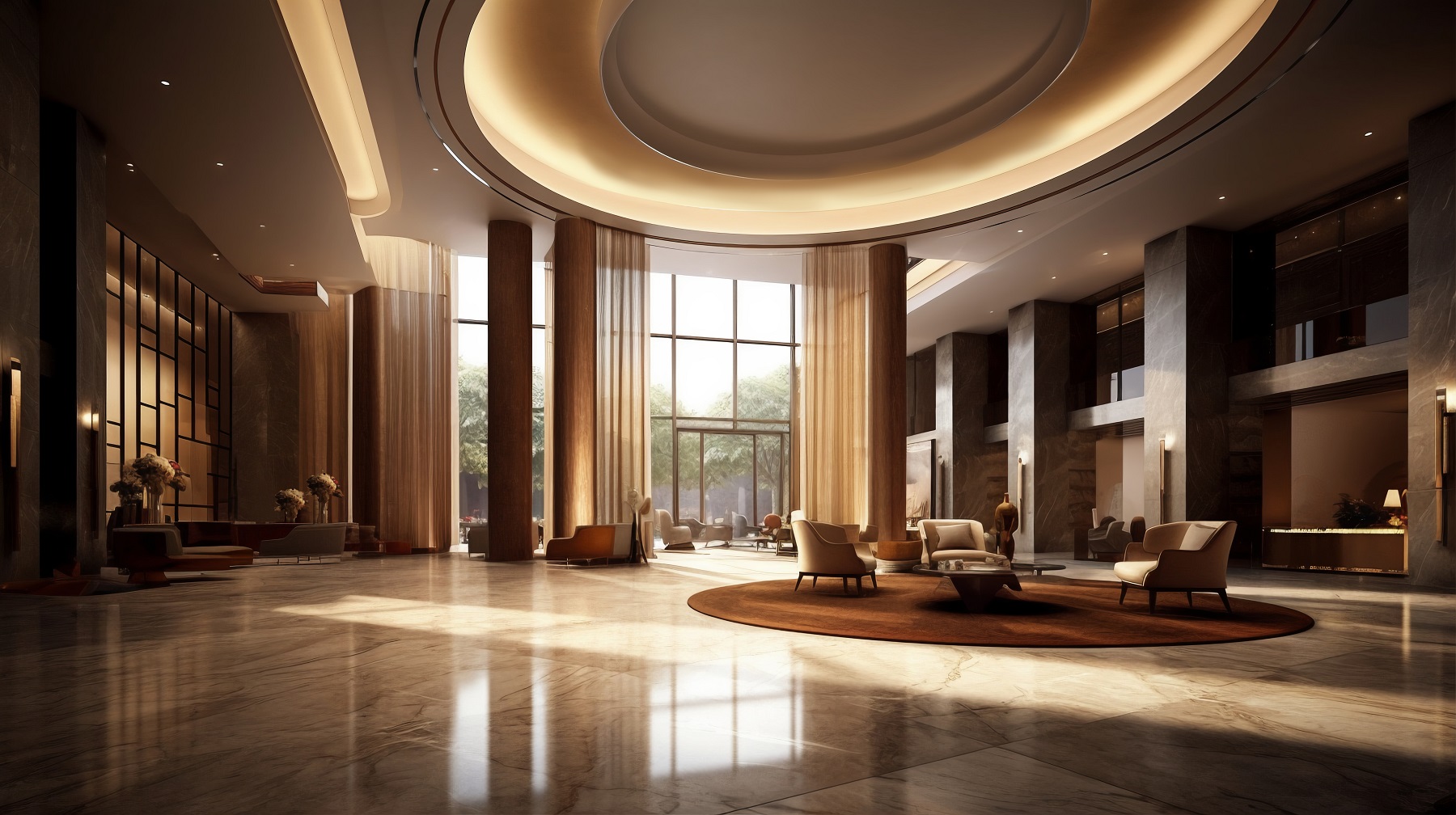

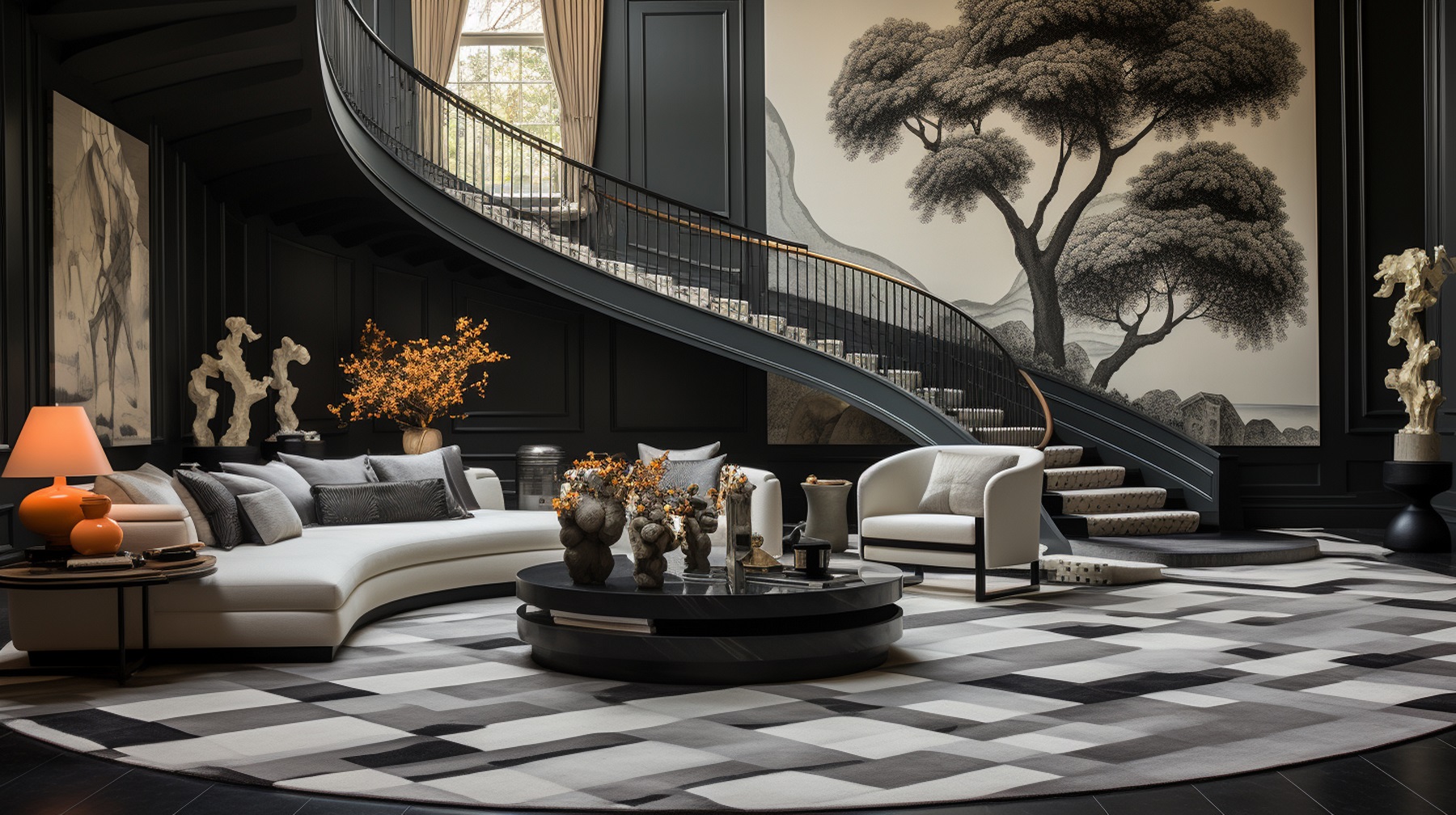
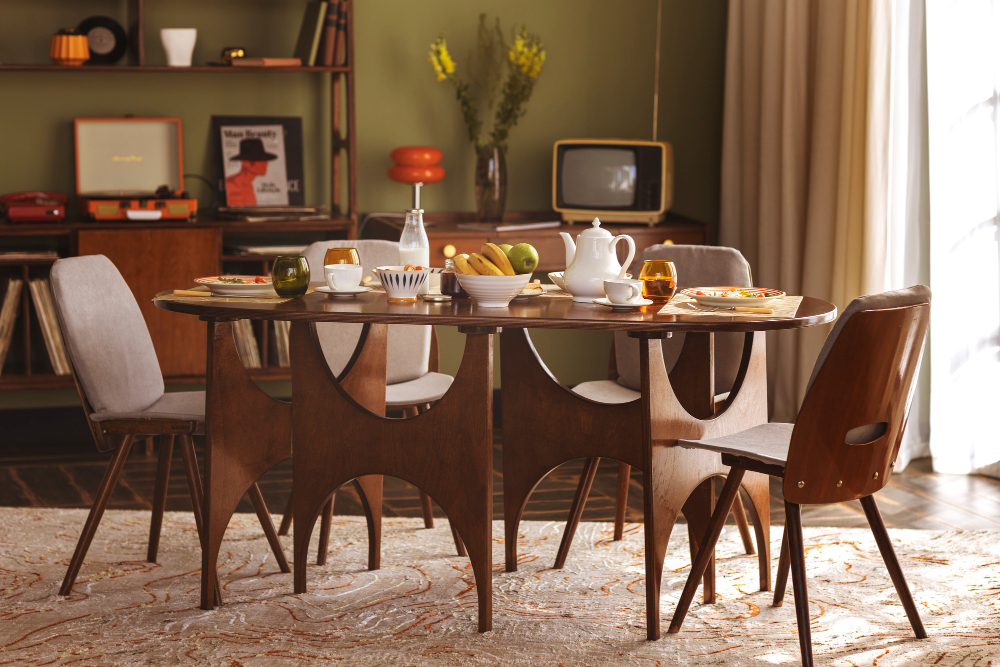
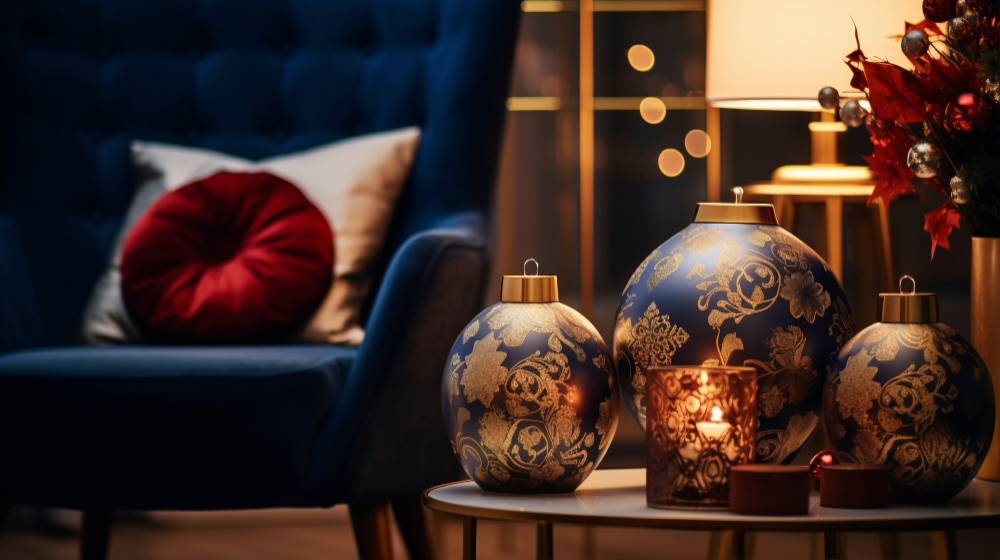
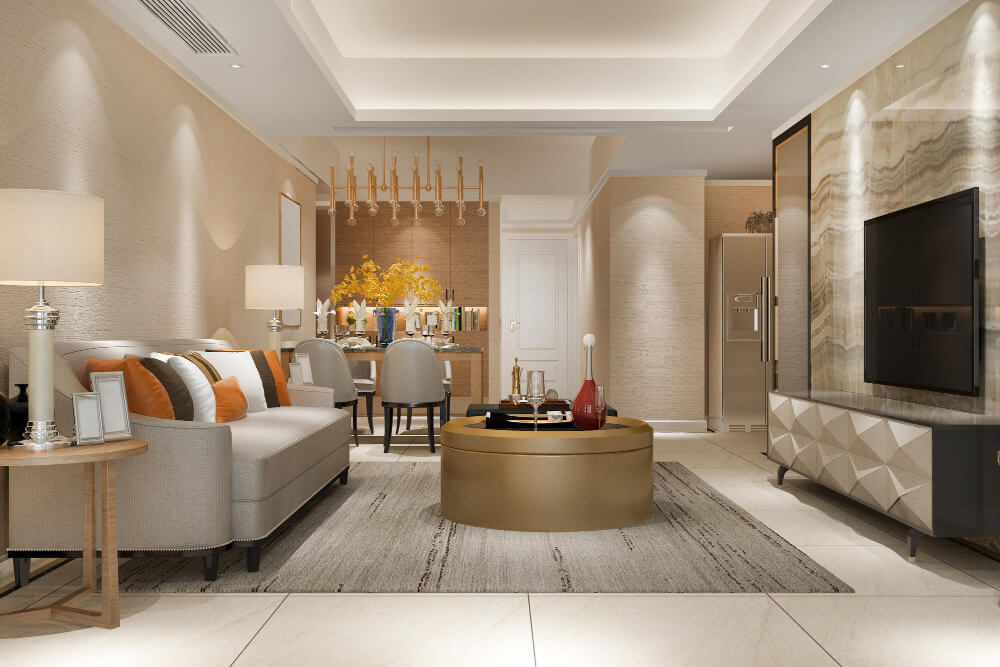
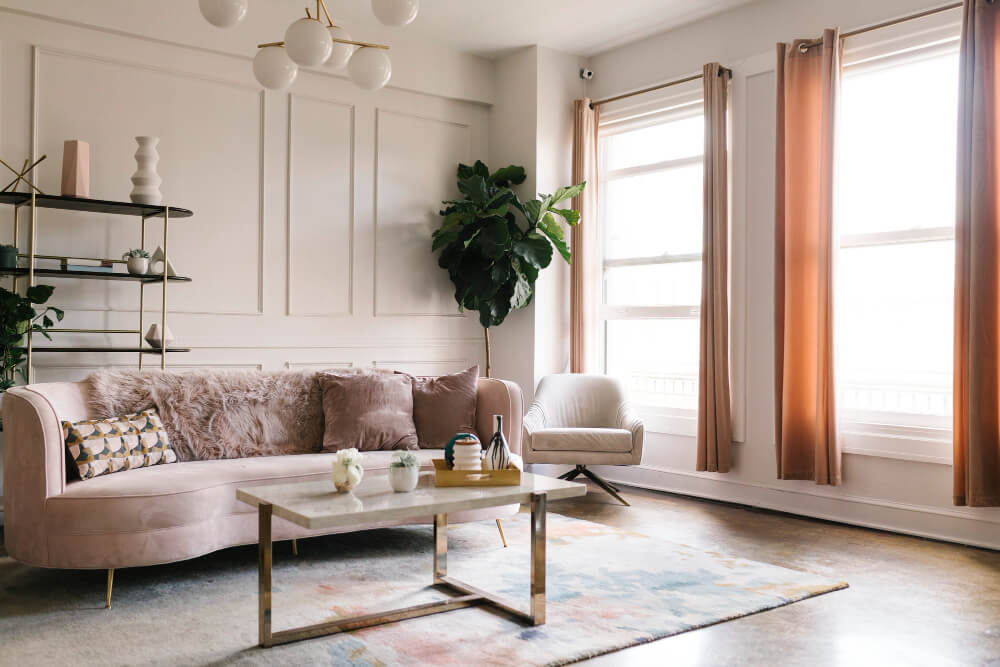

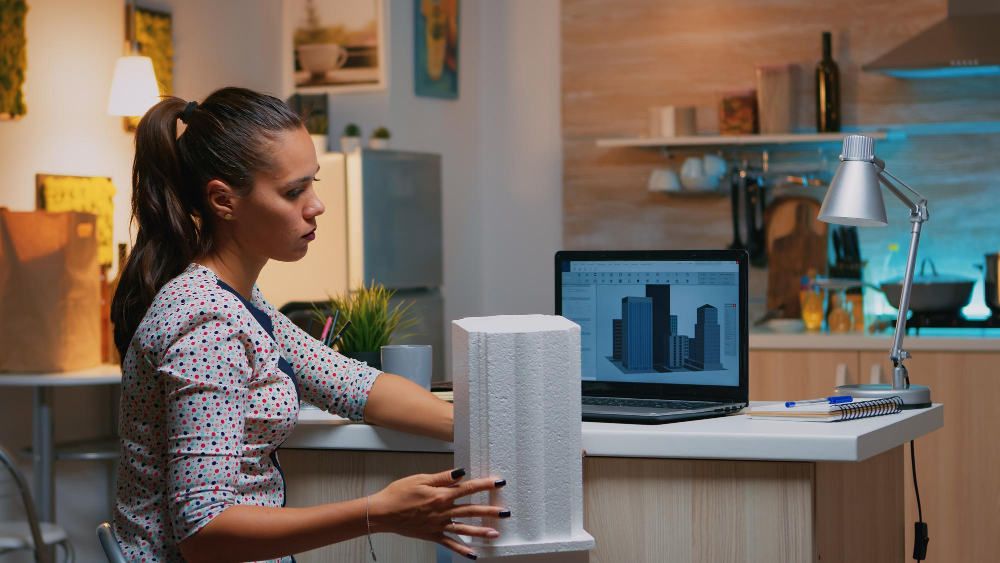
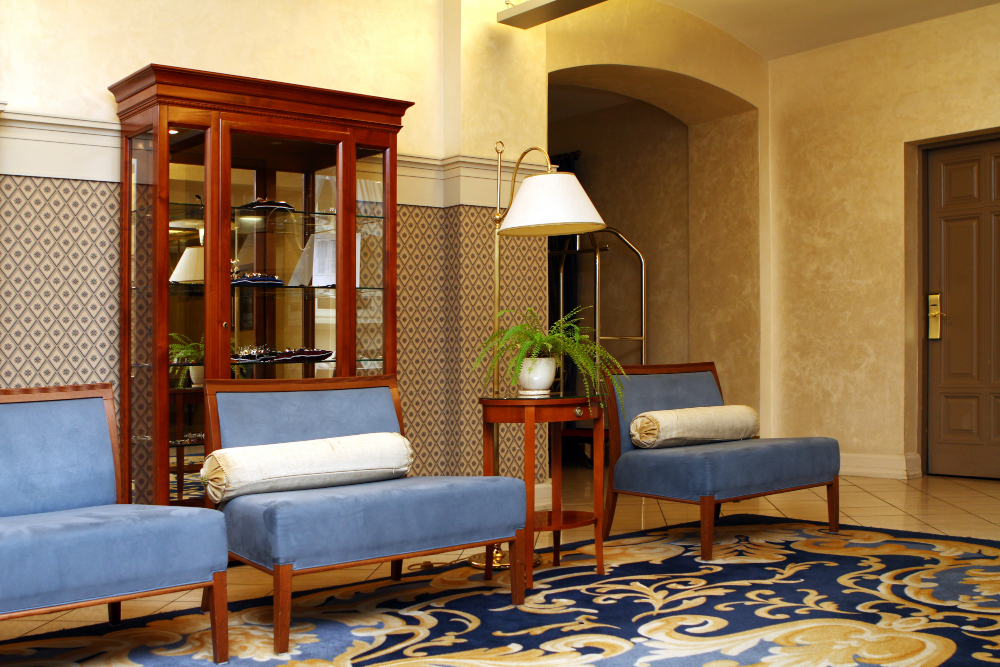
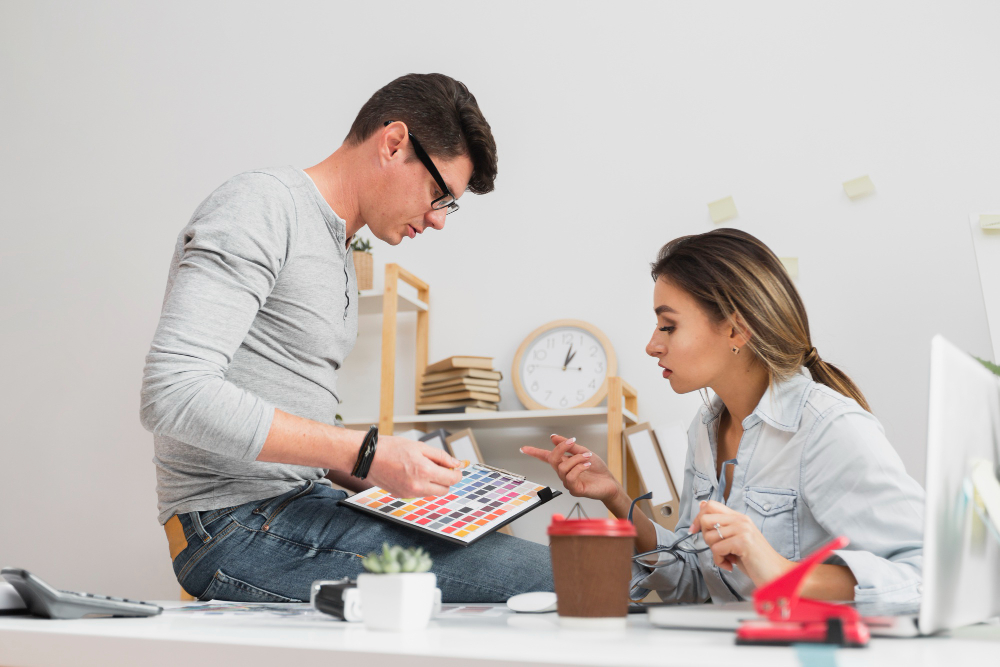
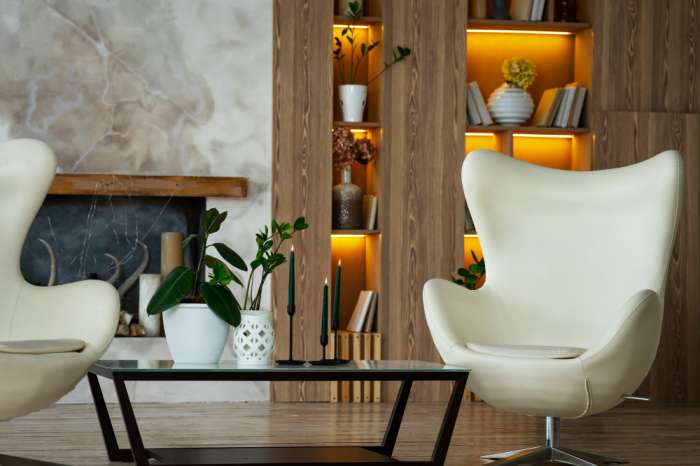

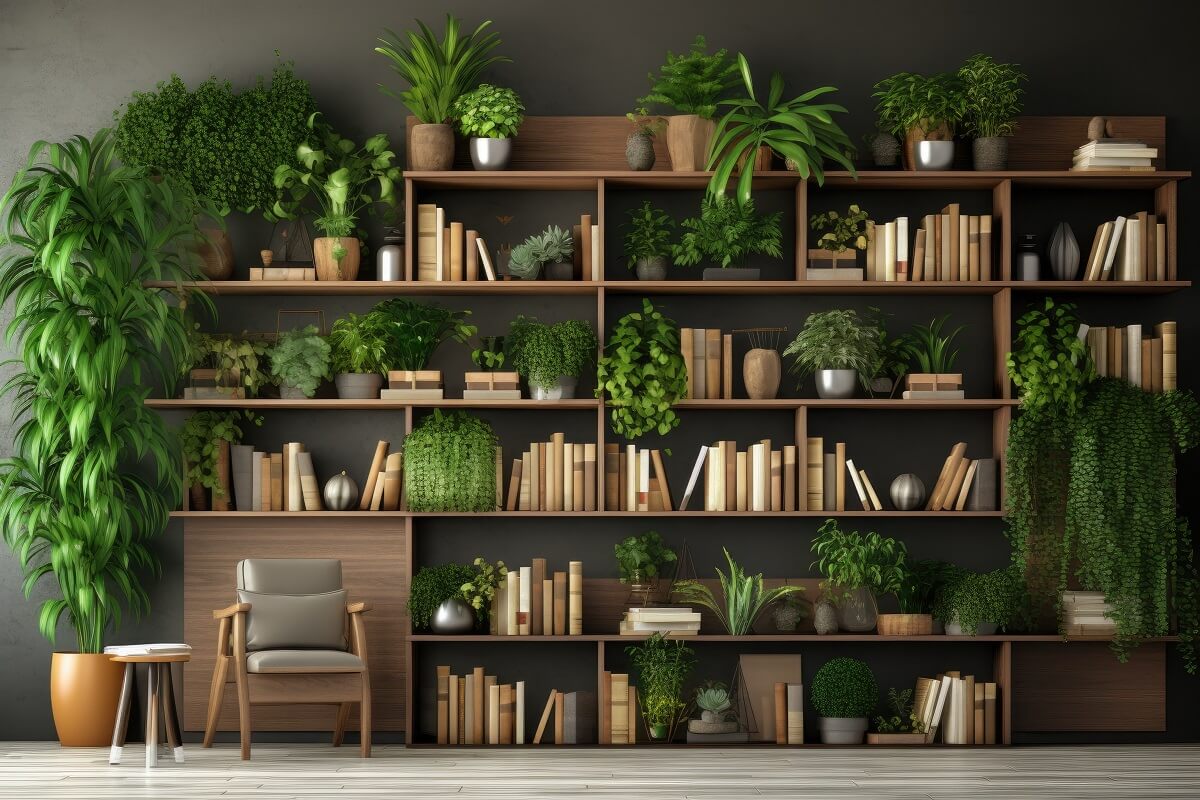
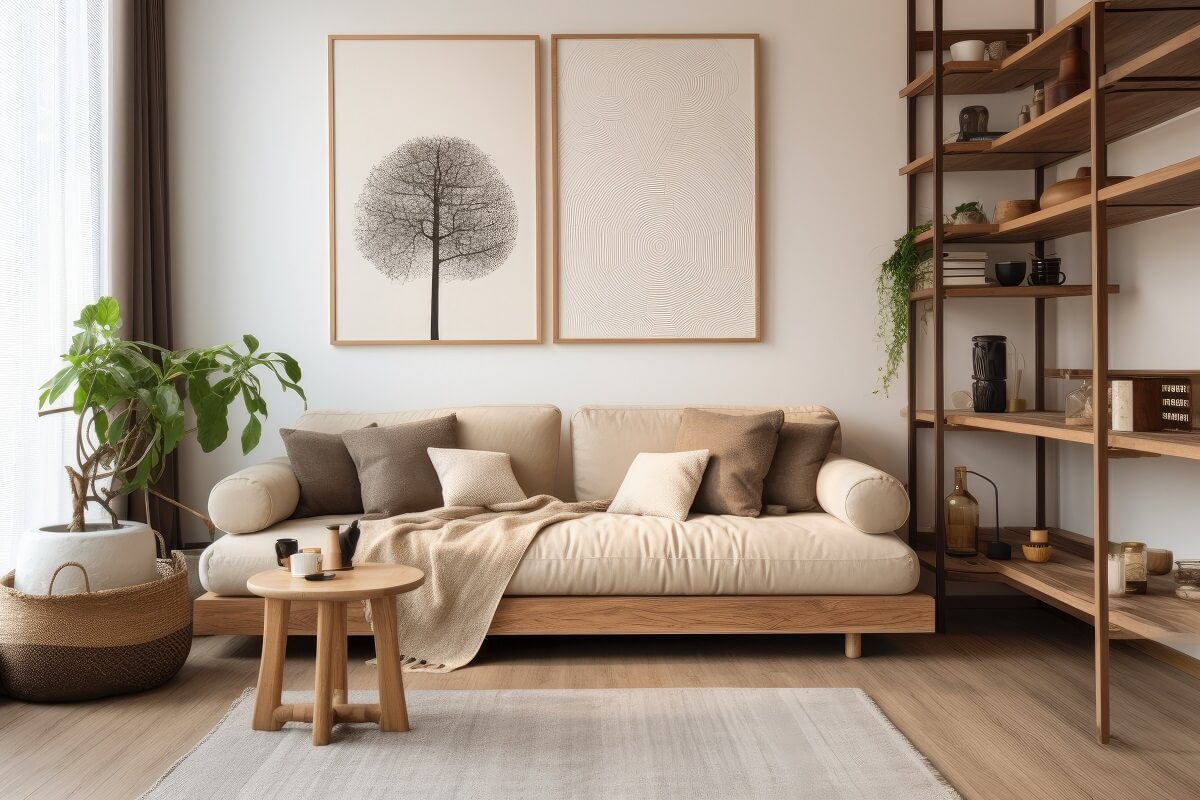
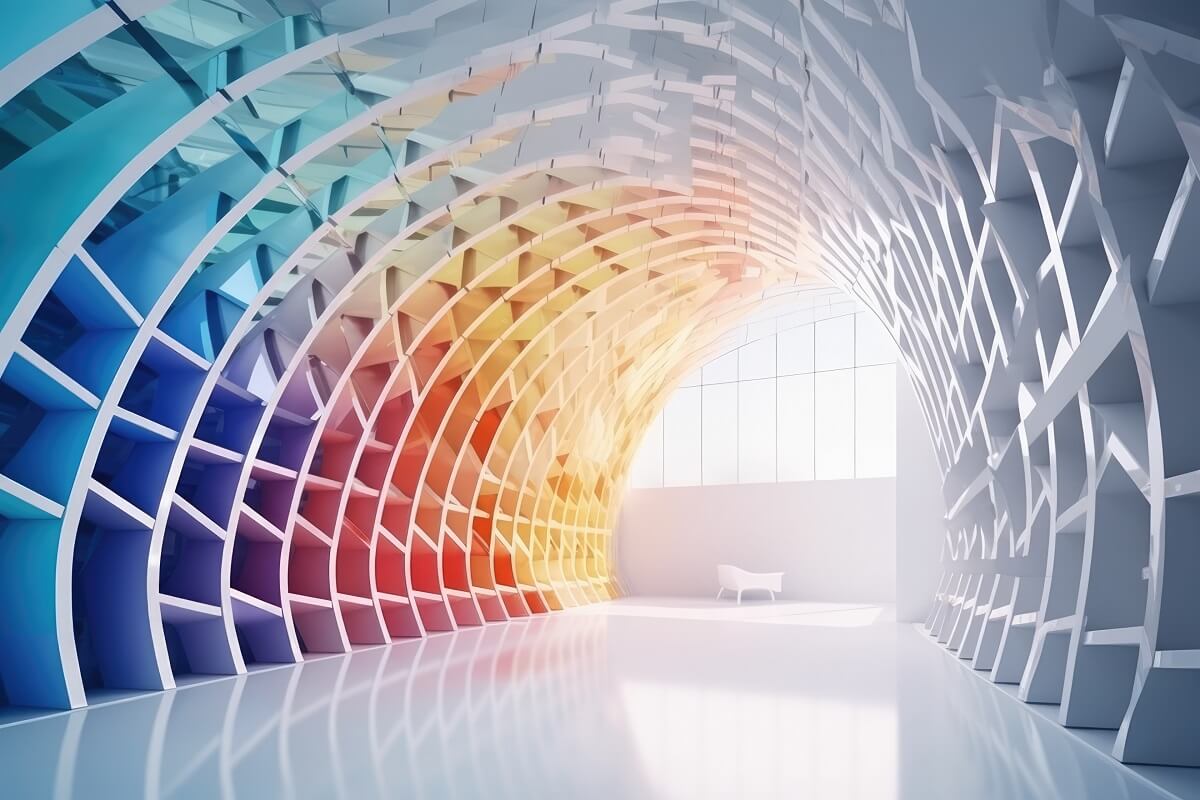
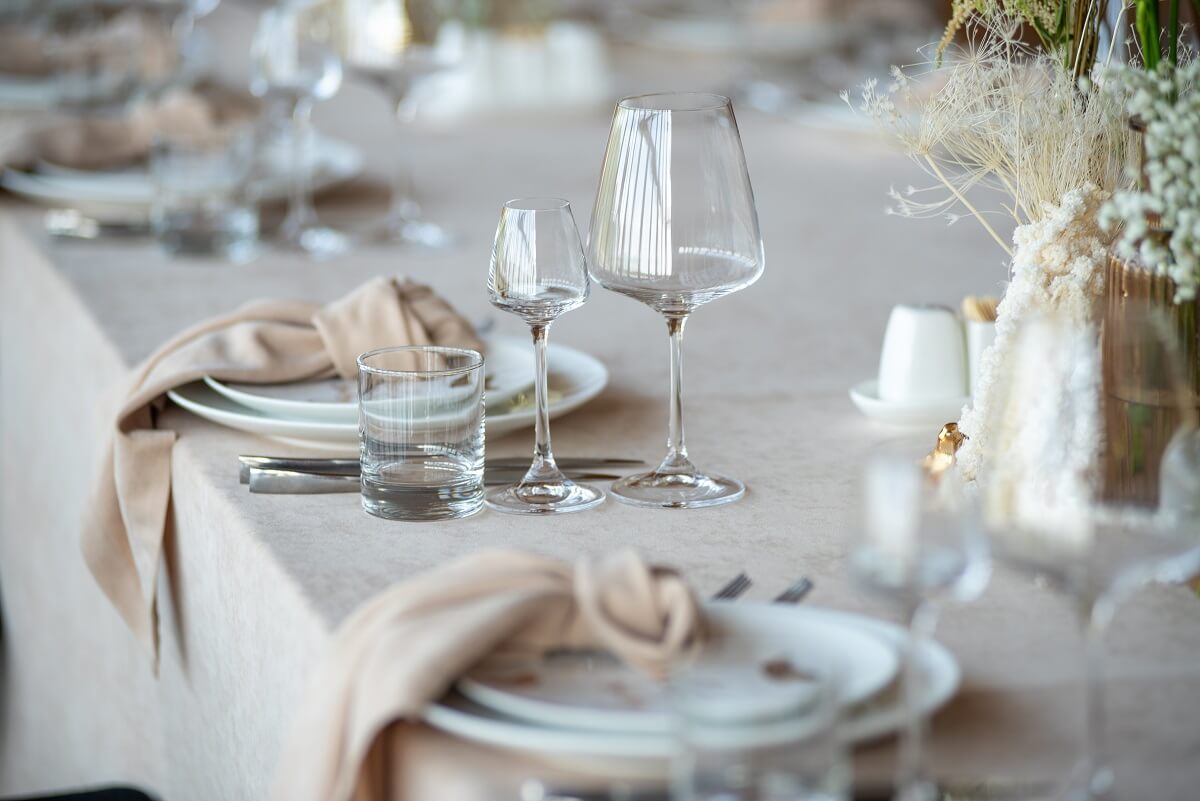
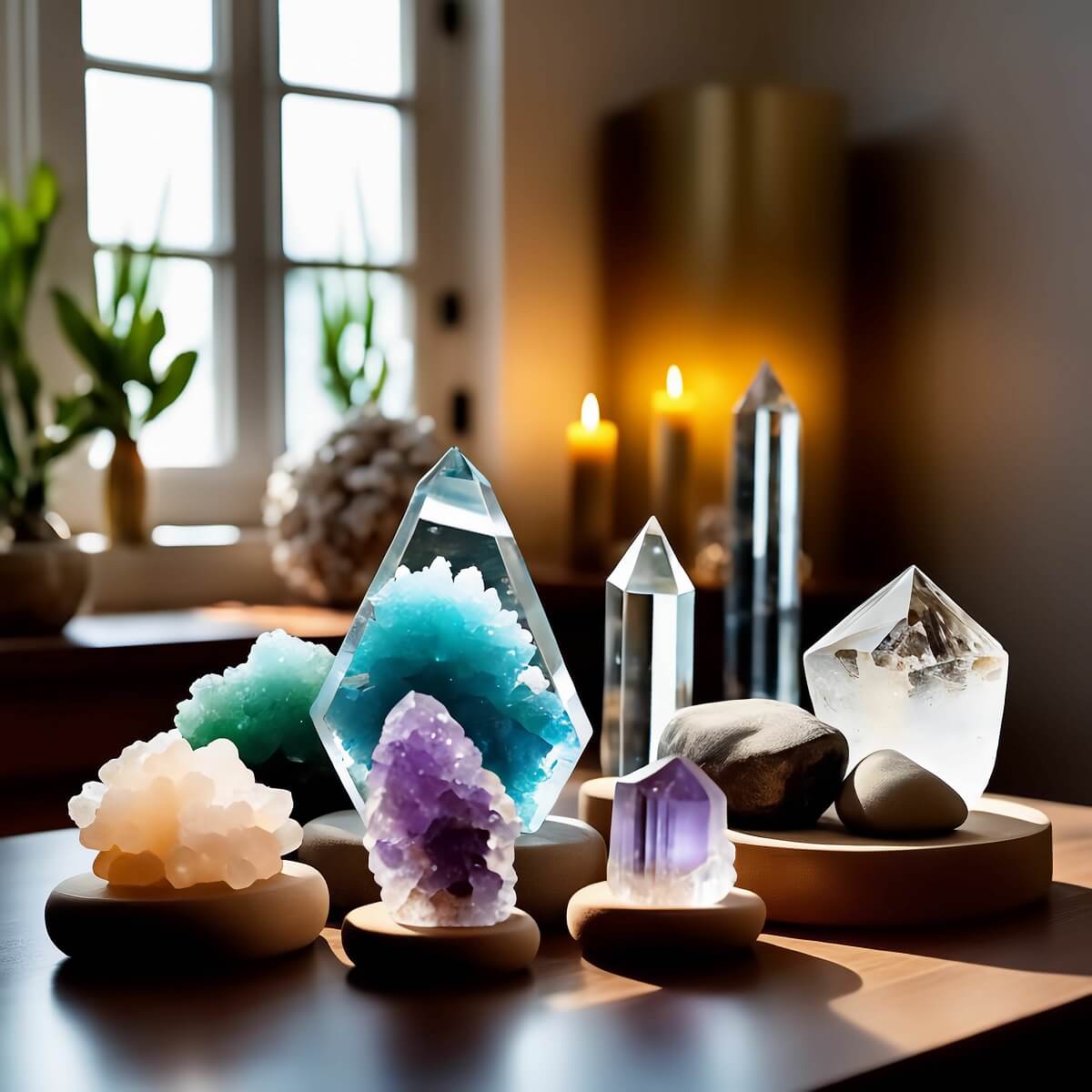

9th floor, Gagan Uno, Dhole Patil Road, Opp Vohuman Cafe, Sangamvadi, Pune,
MH - 411001
Design & Developed By Being Addictive